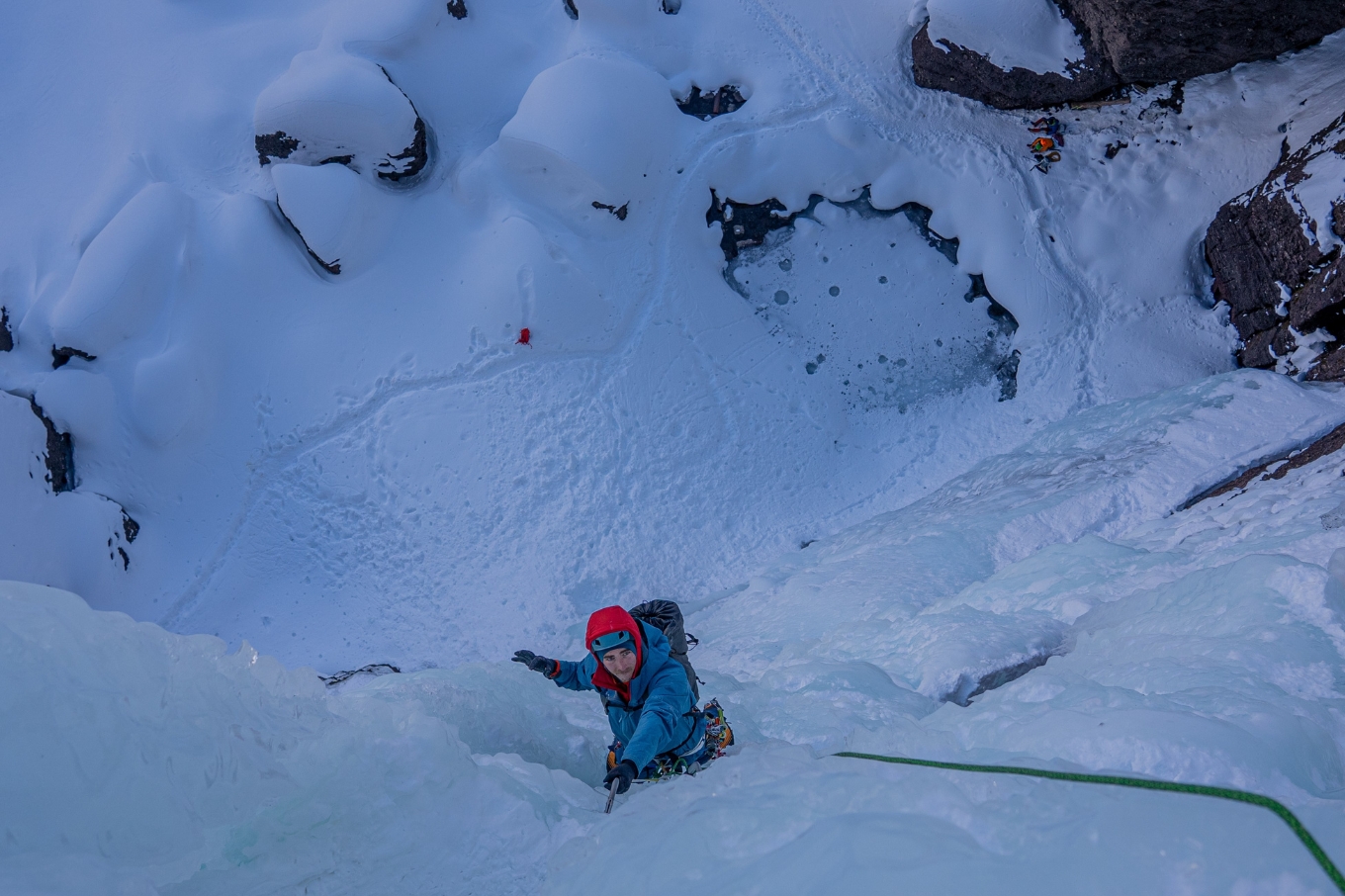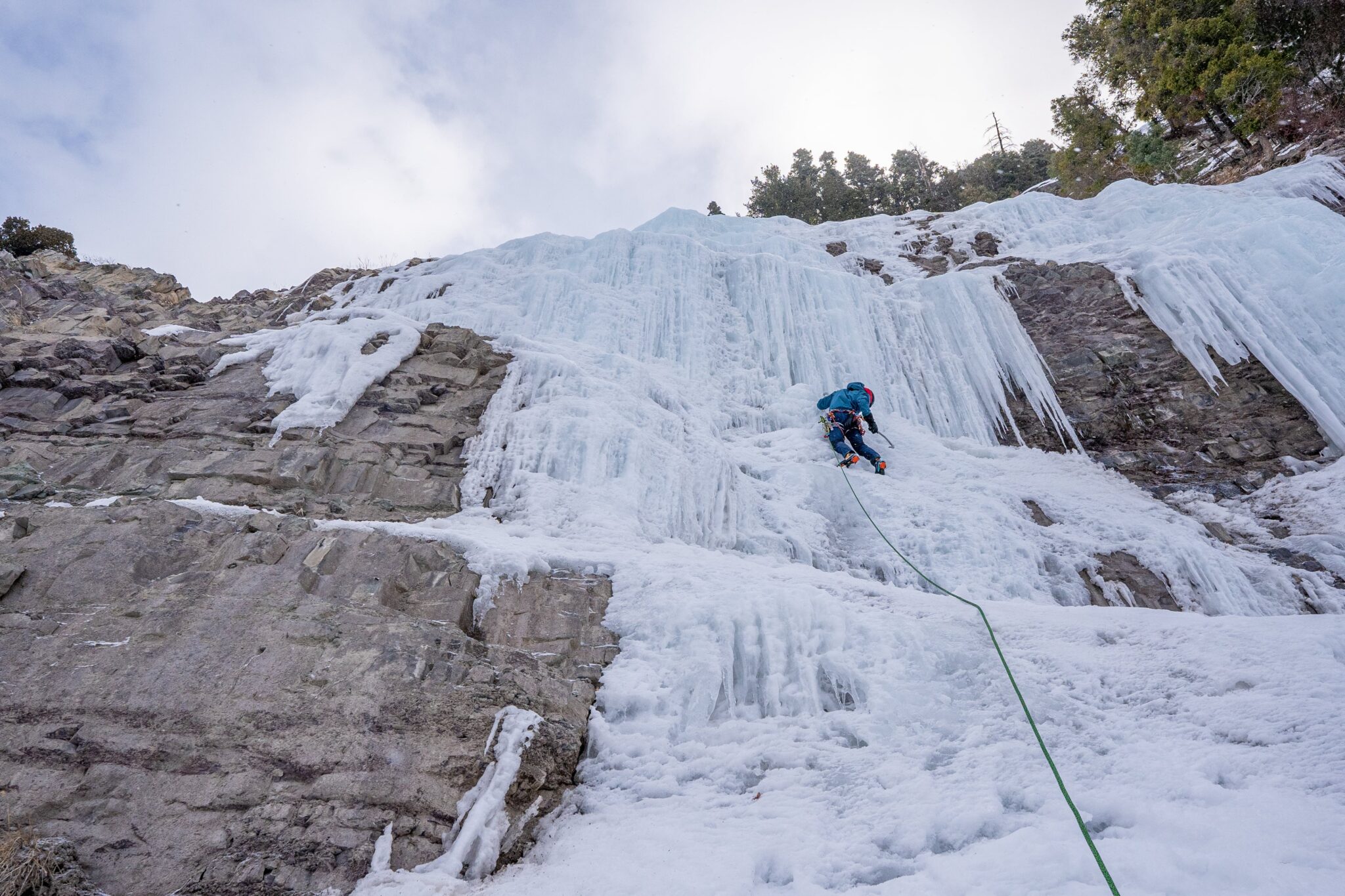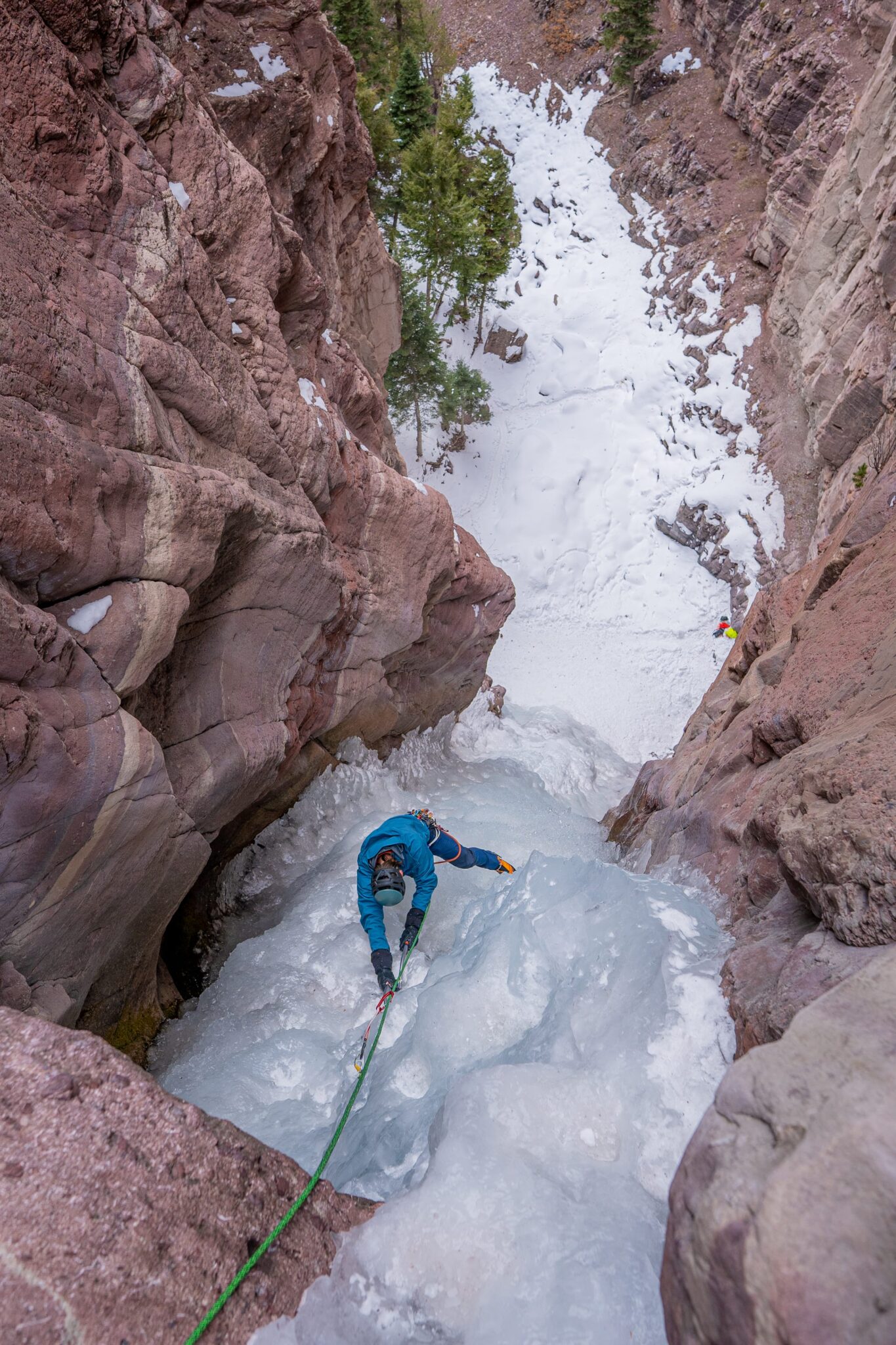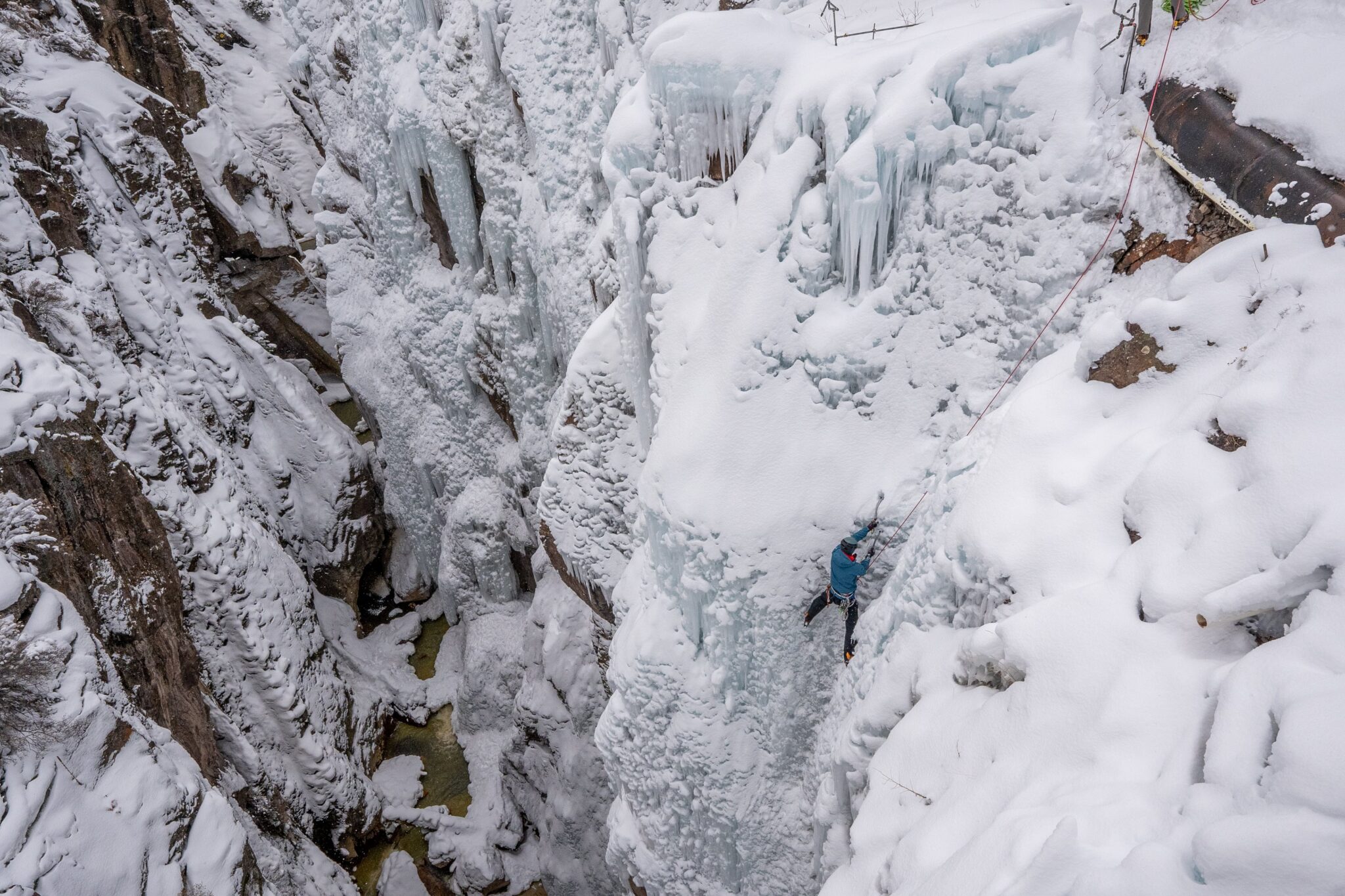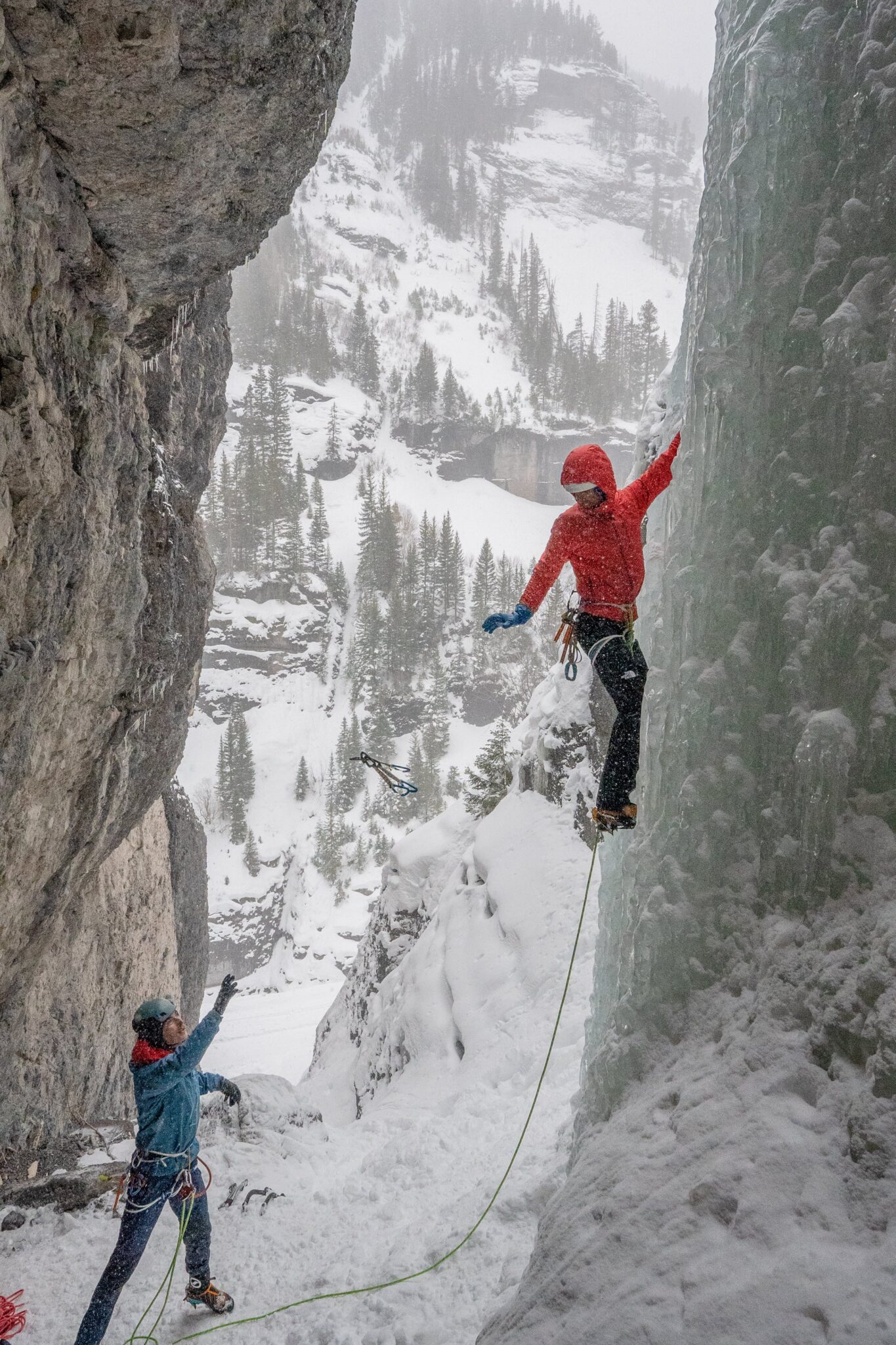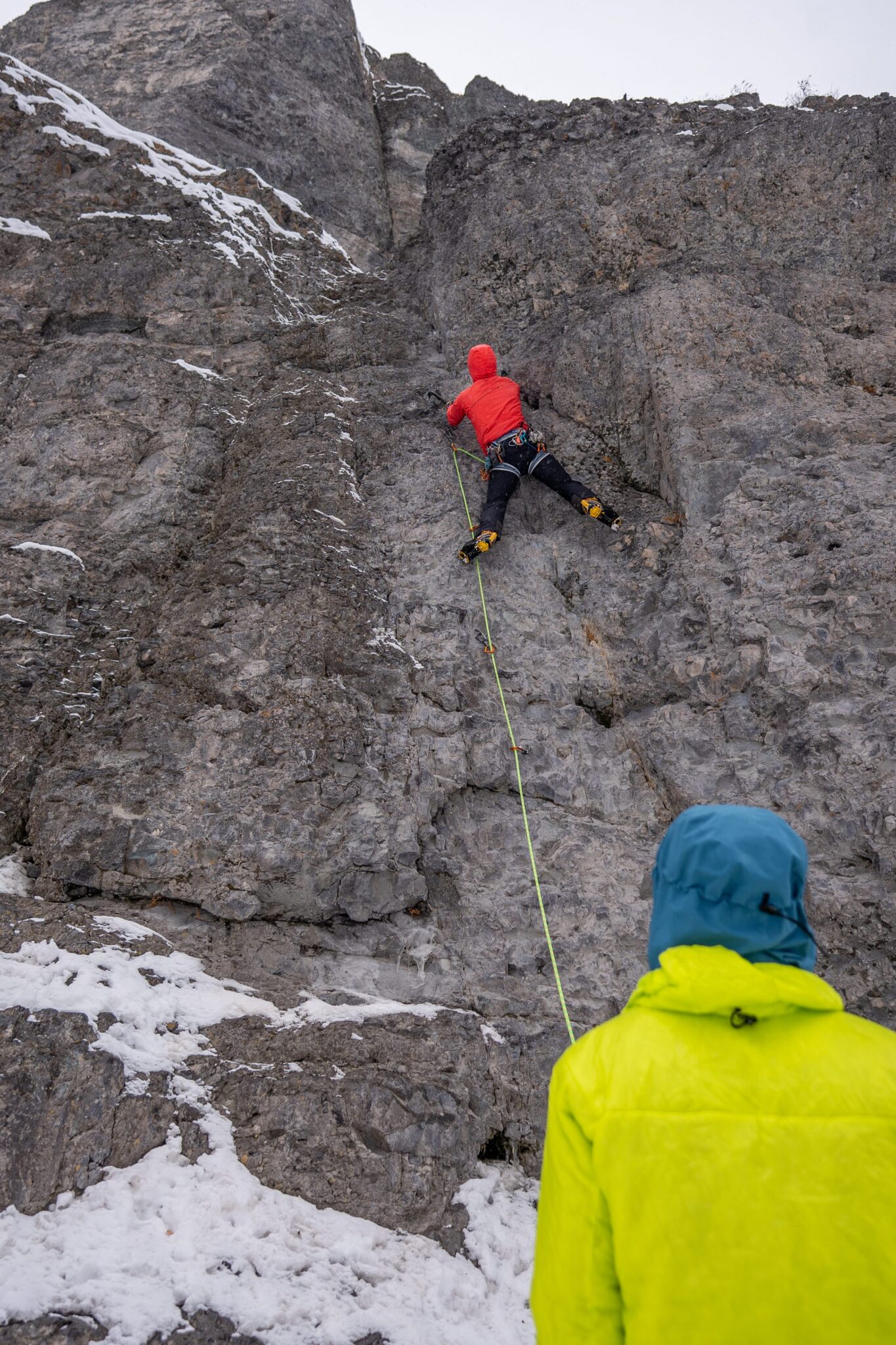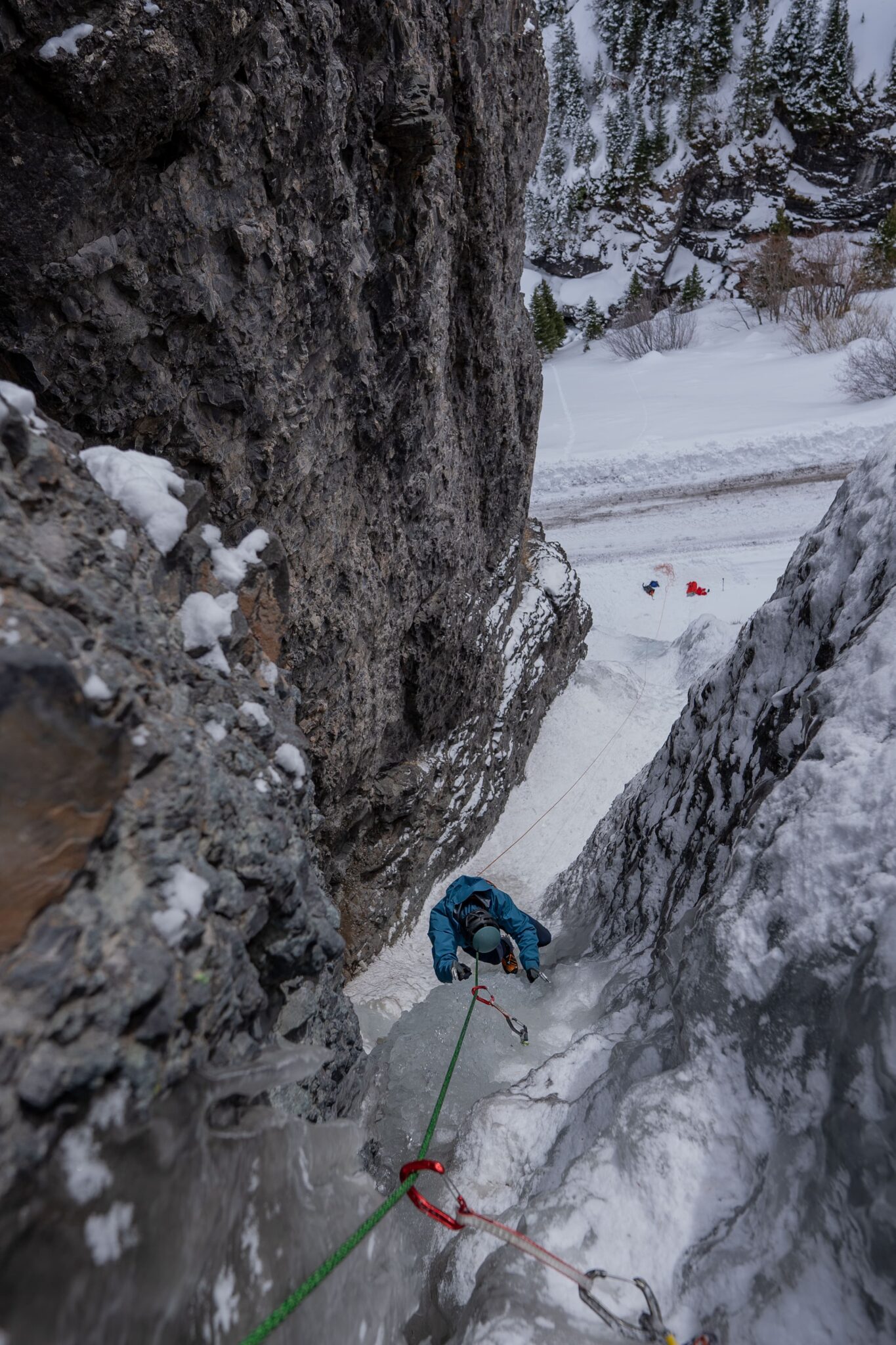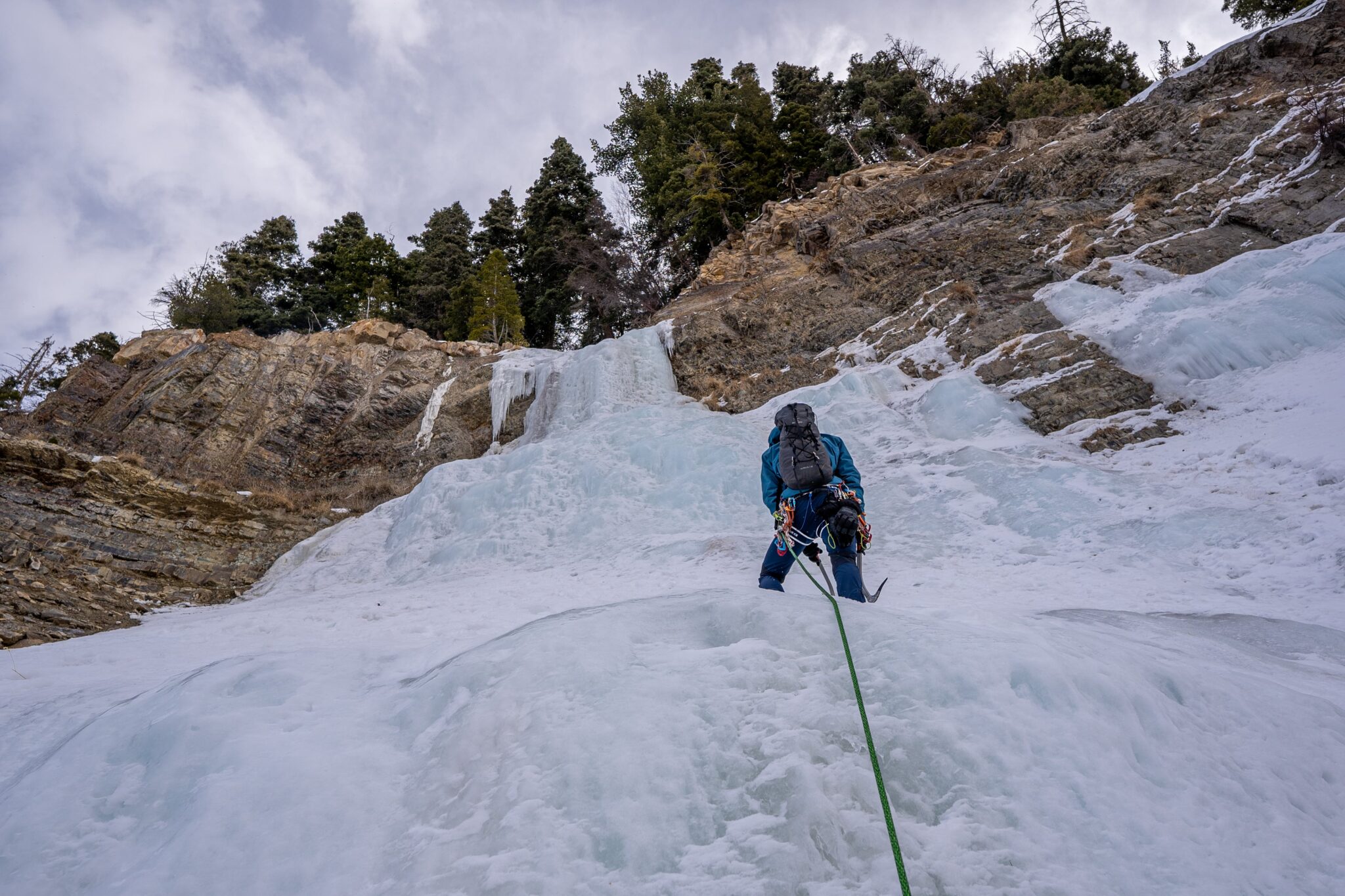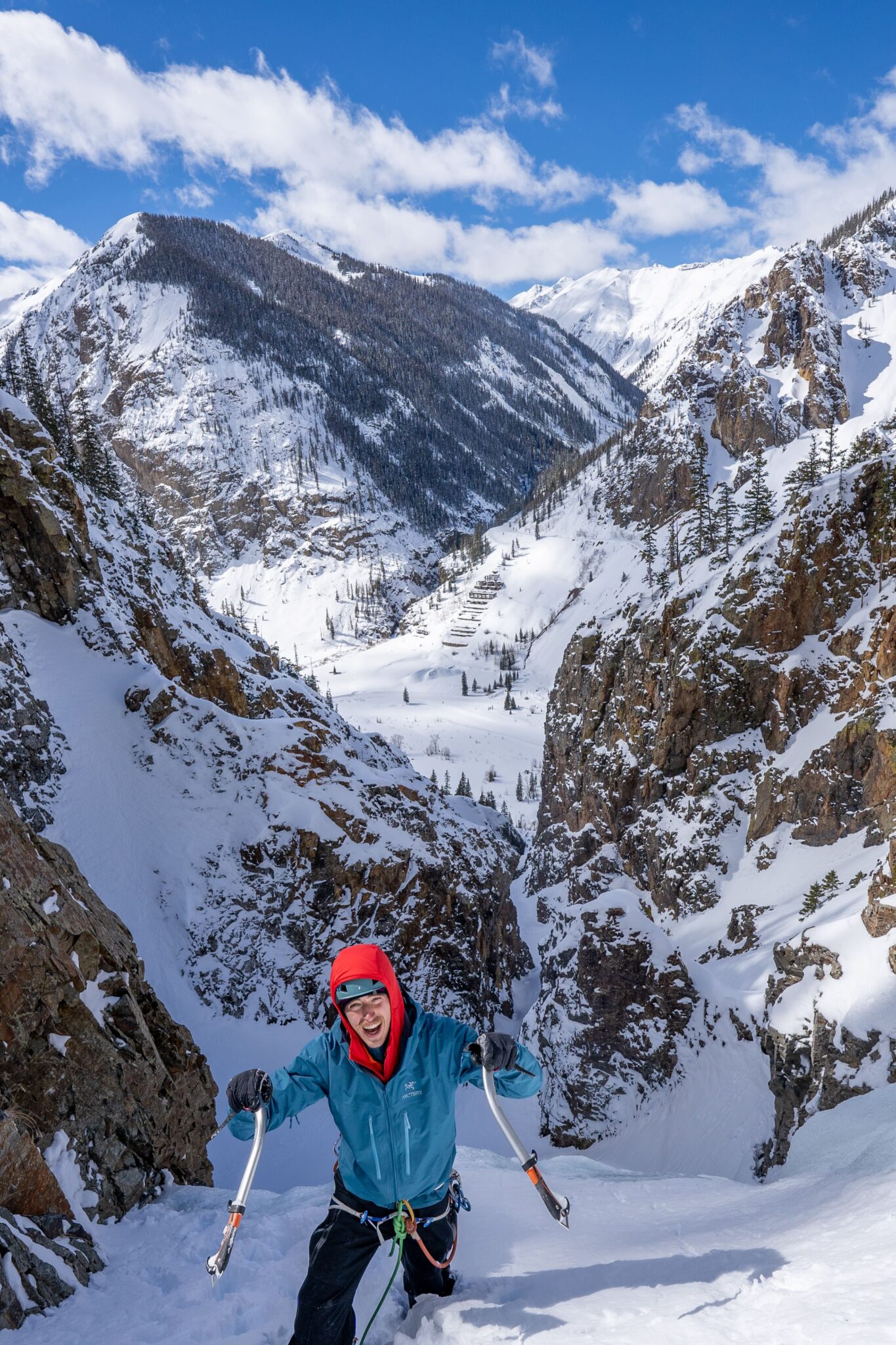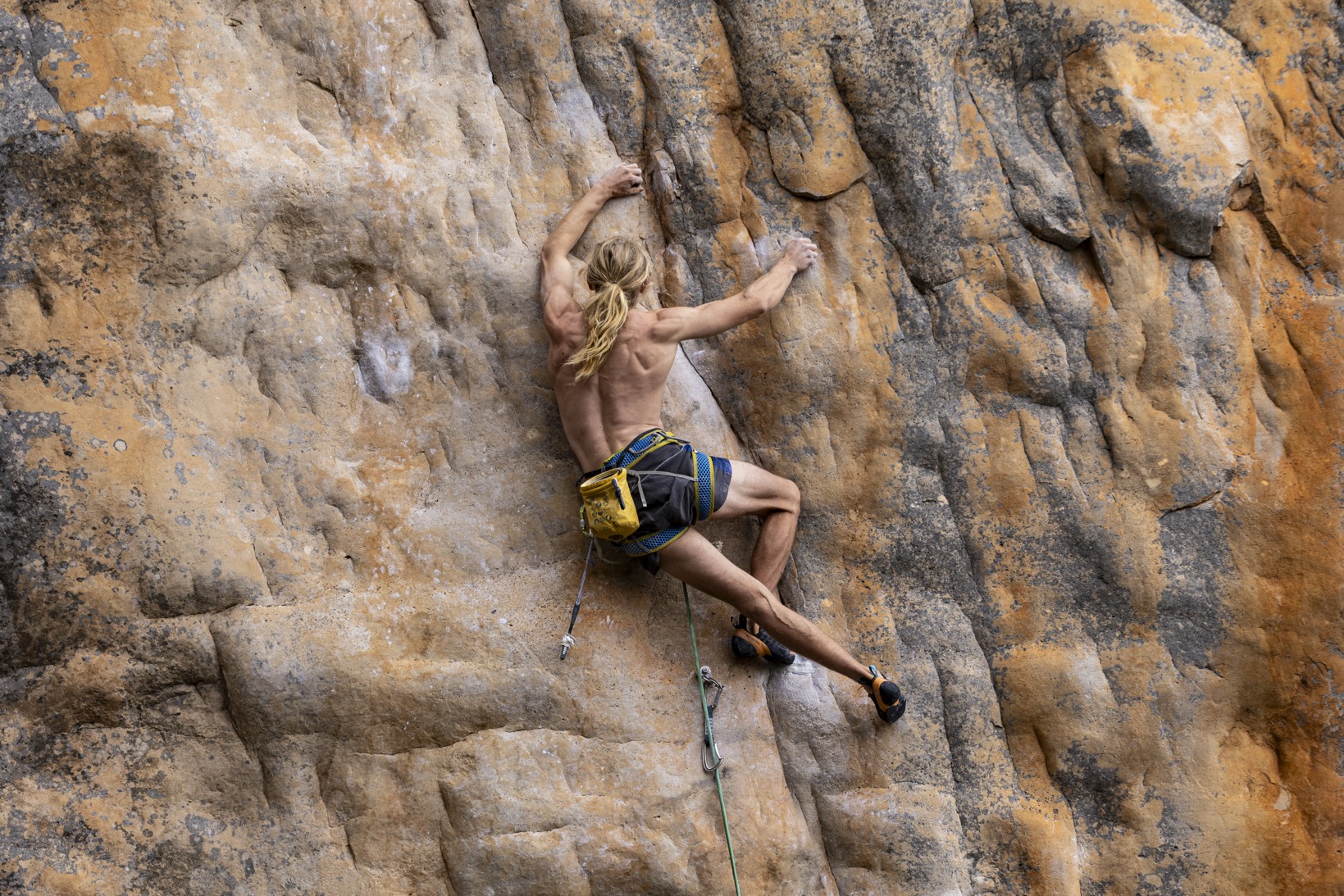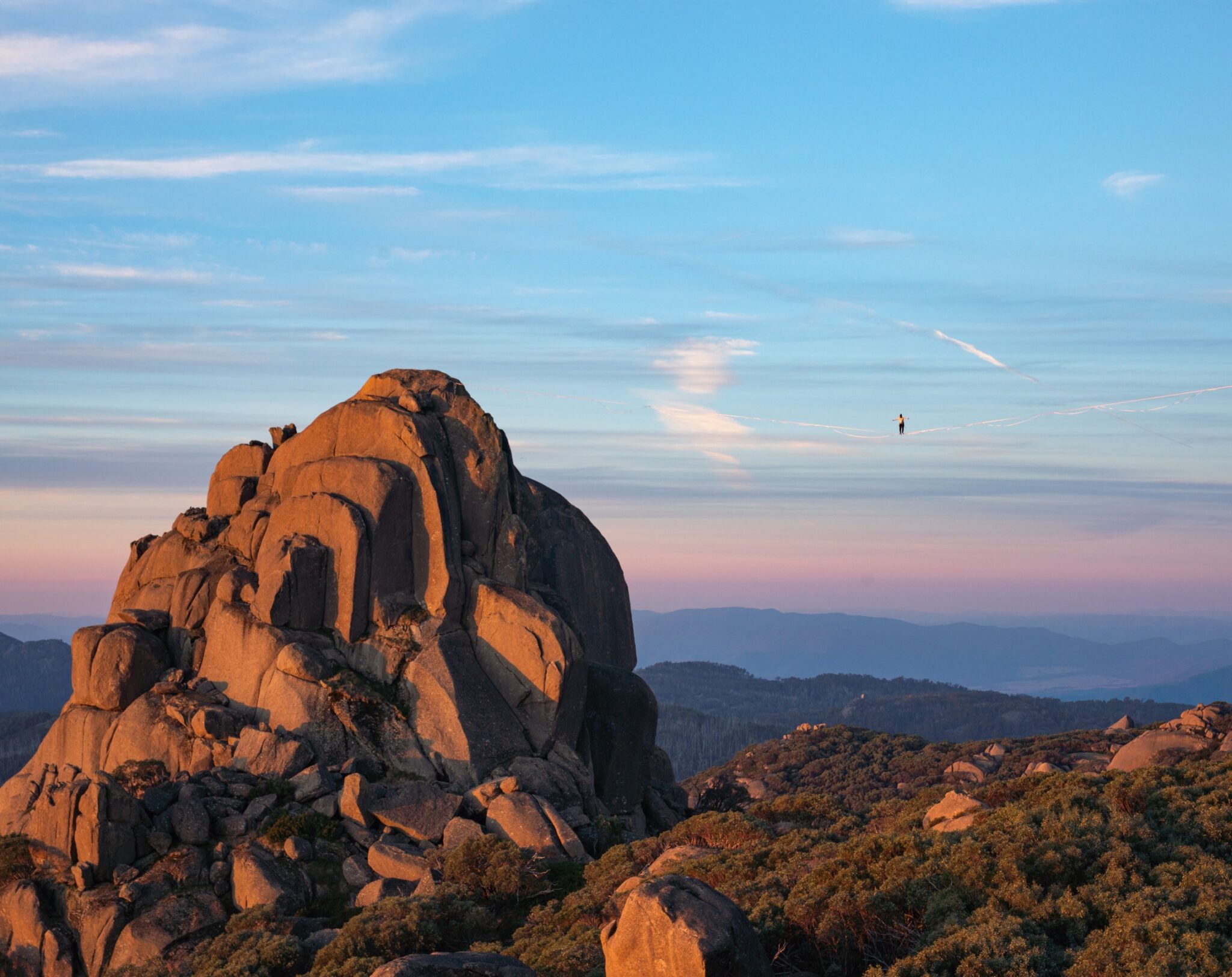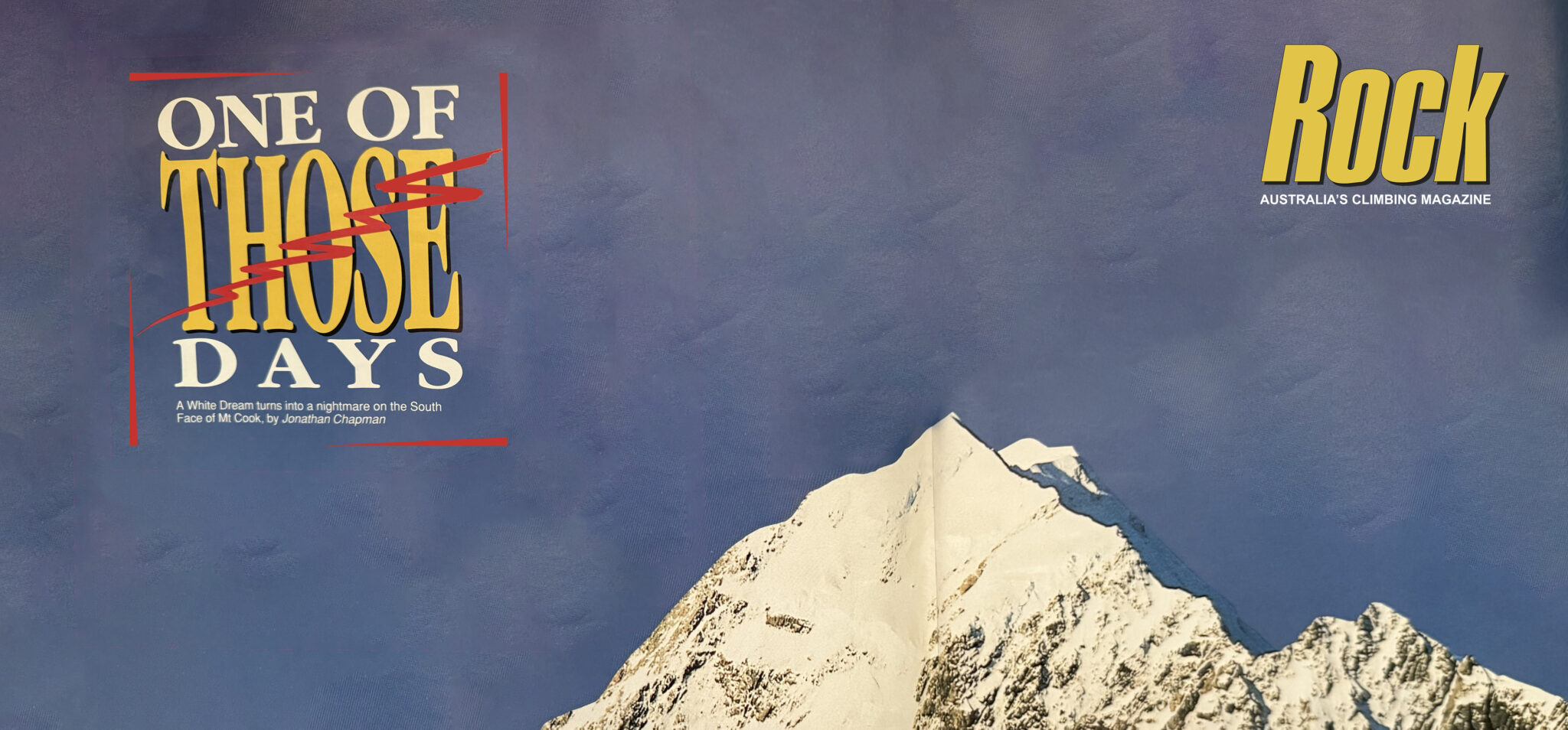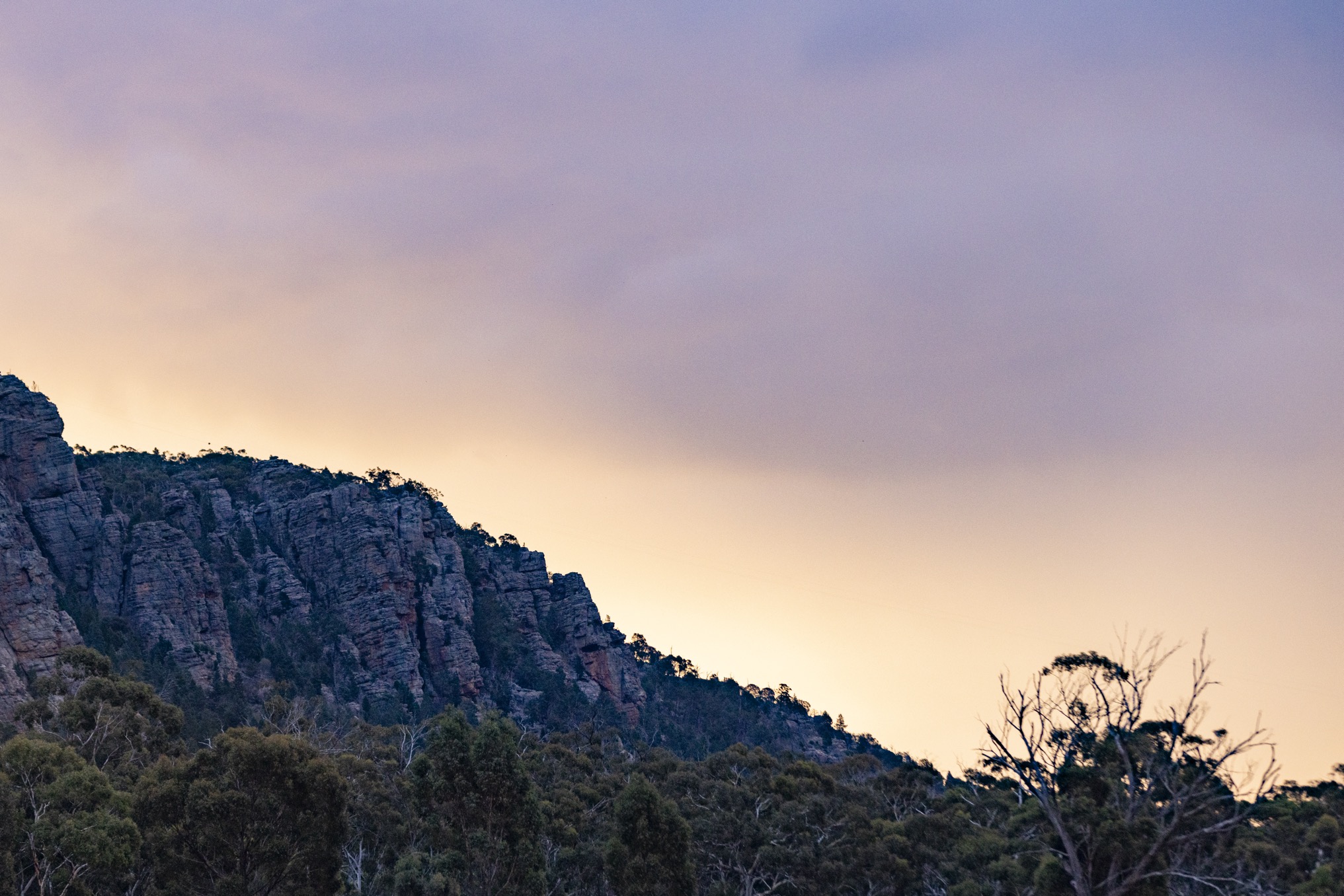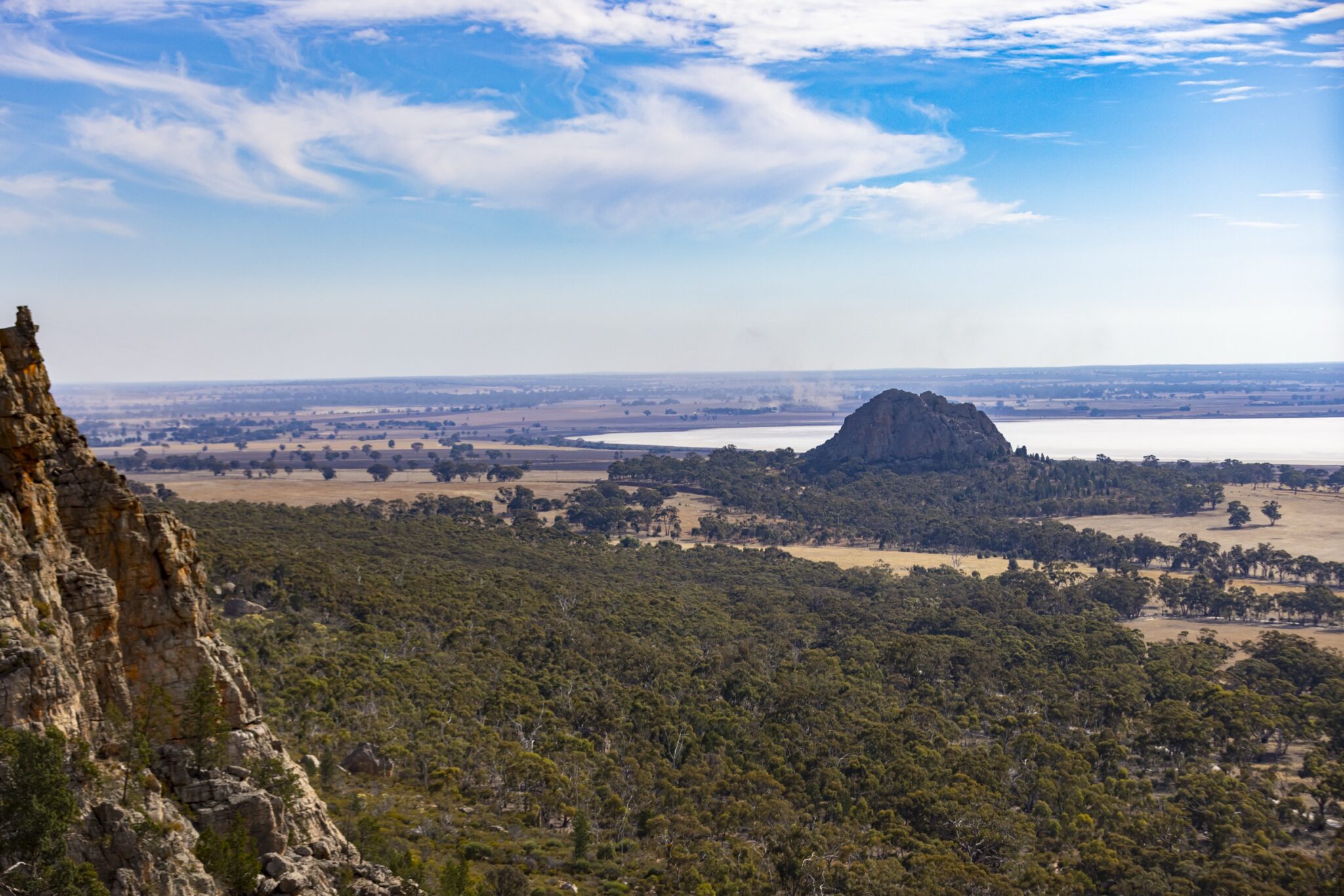We’re mixing up our Local Lore column in honour of winter. Lewis and James, two Aussie climbing legends, take us on a trip to Ouray where they honed their ice climbing skills. They give us the beta on the enormous ice park—how to get there, what to climb, and why you should stay at a tiny horse farm.
“Where are you guys from?”
“Australia”
“What are you guys in Ouray for?”
“We’re here for the ice climbing.”
“I guess there’s not much ice in Australia!”
This was how most conversations with locals started, followed by an explanation of how the most reliable ice climbing crag in Australia, Blue Lake, has a two to three hour approach that offers relatively short pitches of climbing for only two months of the year.
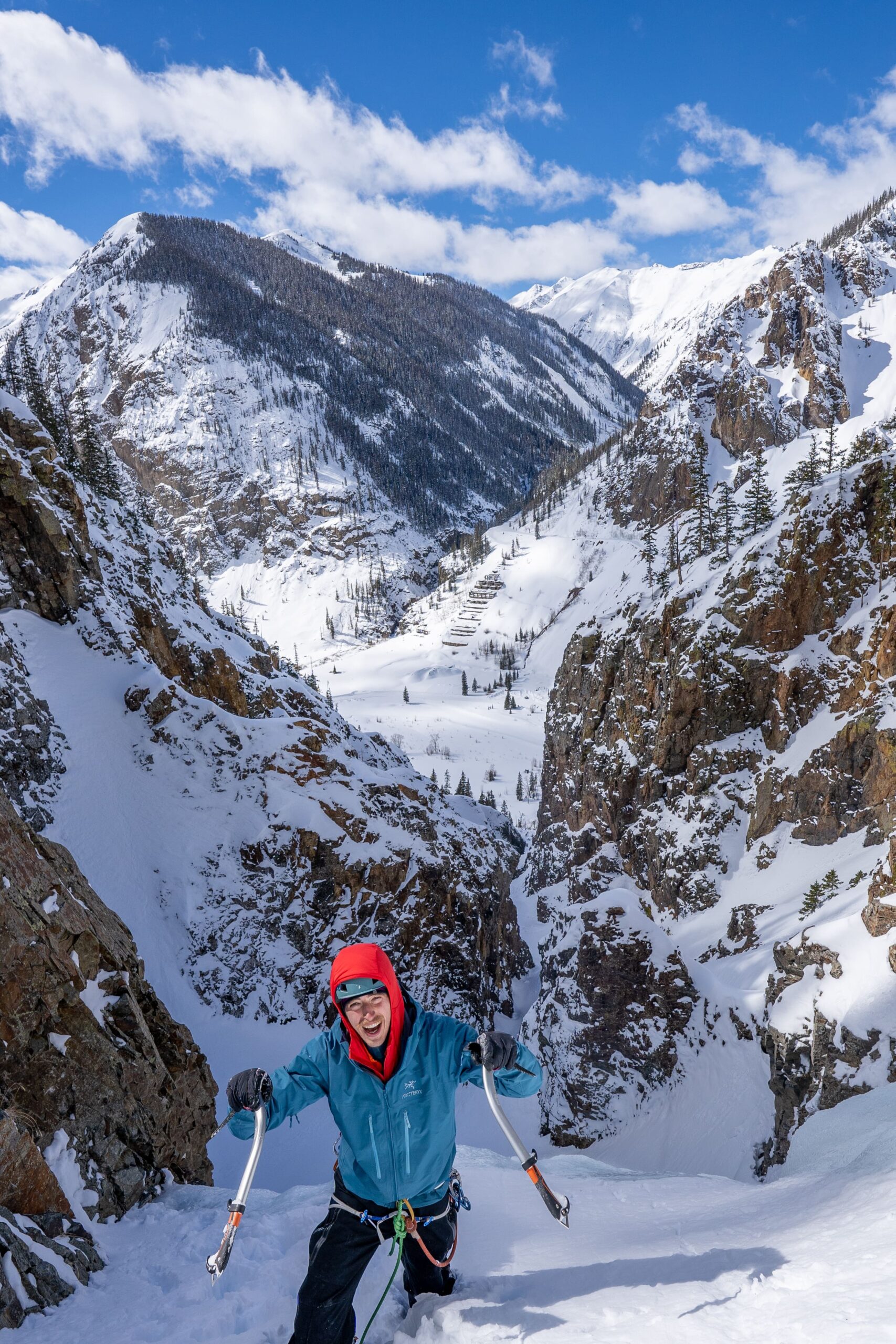
James and I are both climbers and backcountry skiers looking to progress safely in the dangerous world of alpine climbing. Recent trips to Nepal and New Zealand, respectively, revealed a gap in our alpine toolkits: comfortability and confidence on steeper ice and mixed terrain. Mileage was what we needed.
We considered jumping the ditch to New Zealand due to its proximity to Australia. We quickly ruled it out as the infamous maritime weather systems and lengthy approaches could severely affect our time on ice. The Canadian Rockies were also discussed, but hearing that it’s common to spend two hours each morning driving to new crags out from Canmore, we started to look elsewhere. Enter Ouray, Colorado.
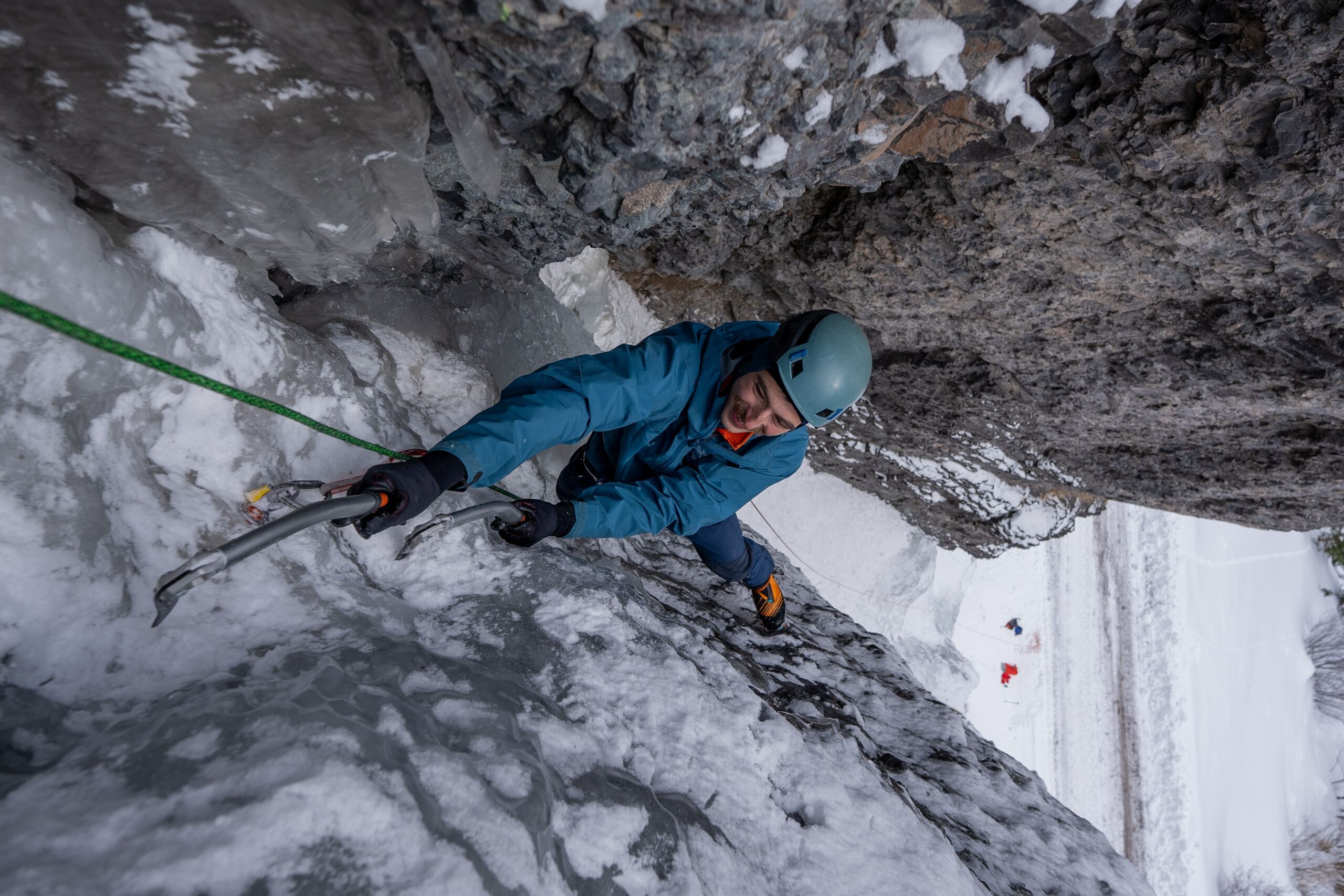
Located in an amphitheatre of rugged mountains, Ouray is marketed as “the Switzerland of America”.
It’s known for being home to the world’s largest manufactured public ice climbing park, the Ouray Ice Park. Think about your local ski resort’s snowmaking system, but all guns pointed directly down the cliffs of a steep three kilometre stretch of canyon. When all the climbers are in bed, and the temperature drops below zero, the “Ouray ice farmers” turn on the taps and the ice grows.

The park makes the area unmatched in terms of the sheer amount of climbing one can do. The kicker is that the frozen waterfalls easily accessed around the town are some of the finest in the world. It’s the perfect destination for those looking to progress efficiently from ice park top ropes to backcountry leads.
The ice park is open from mid-December through March, and we had a three-week window at the beginning of February. Through much searching, we found affordable accommodation at a local tiny horse farm (yes, you read that right!), rented a car, and stocked up at Walmart. All that was left to do was swing and kick.
We began by focusing on top rope mileage. We soon realised that the movement patterns and techniques we learned from the rock weren’t entirely transferable to the ice. Therefore, we decided to hire a guide who could teach us the fundamental movement patterns for ice climbing. That’s right, not moves, movement patterns: swing, sag, kick, stand, repeat. This helped us establish a solid technical foundation to progress quickly and feel more comfortable on steeper terrain.
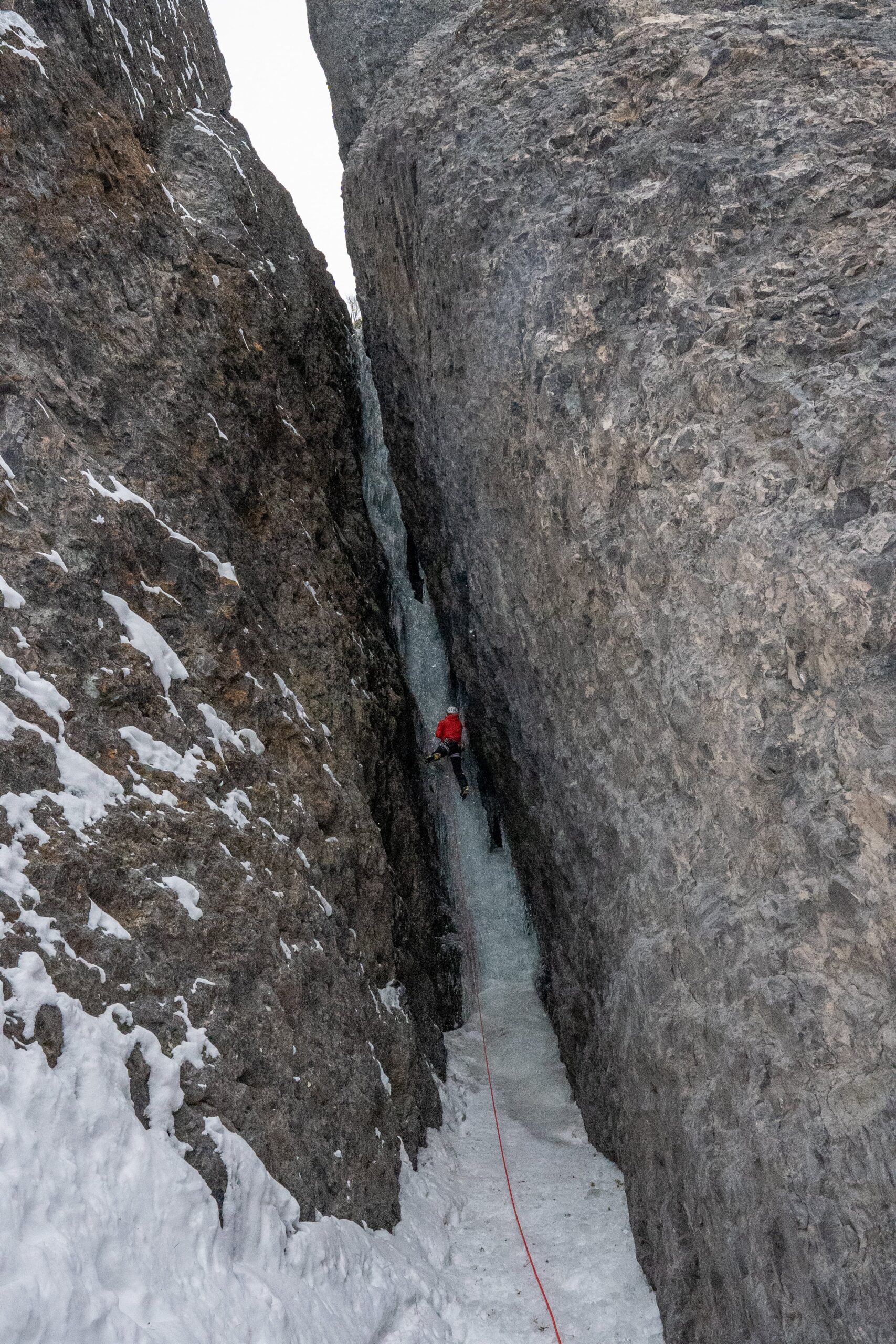
If you have never fallen rock climbing, people might encourage you to climb closer to your limit and get out of your comfort zone. The same is not valid for ice. To quote Canadian ice climbing legend Will Gadd, “If you fall off ice climbing, you’ve compounded multiple errors and seriously screwed up.”
There is a ratio of 2:1 for lead falls on ice that resulted in injury versus non-injury. The main reason for this is your crampon’s catching while falling, leading to a broken leg, ankle or something worse. Ice screws are placed on lead to stop you from dying, not to stop you from taking a whip to the hospital.
Sounds pretty scary, right? Getting used to this mentality takes time. The good news is that if you learn to swing and kick properly, you should always have jugs and solid feet.
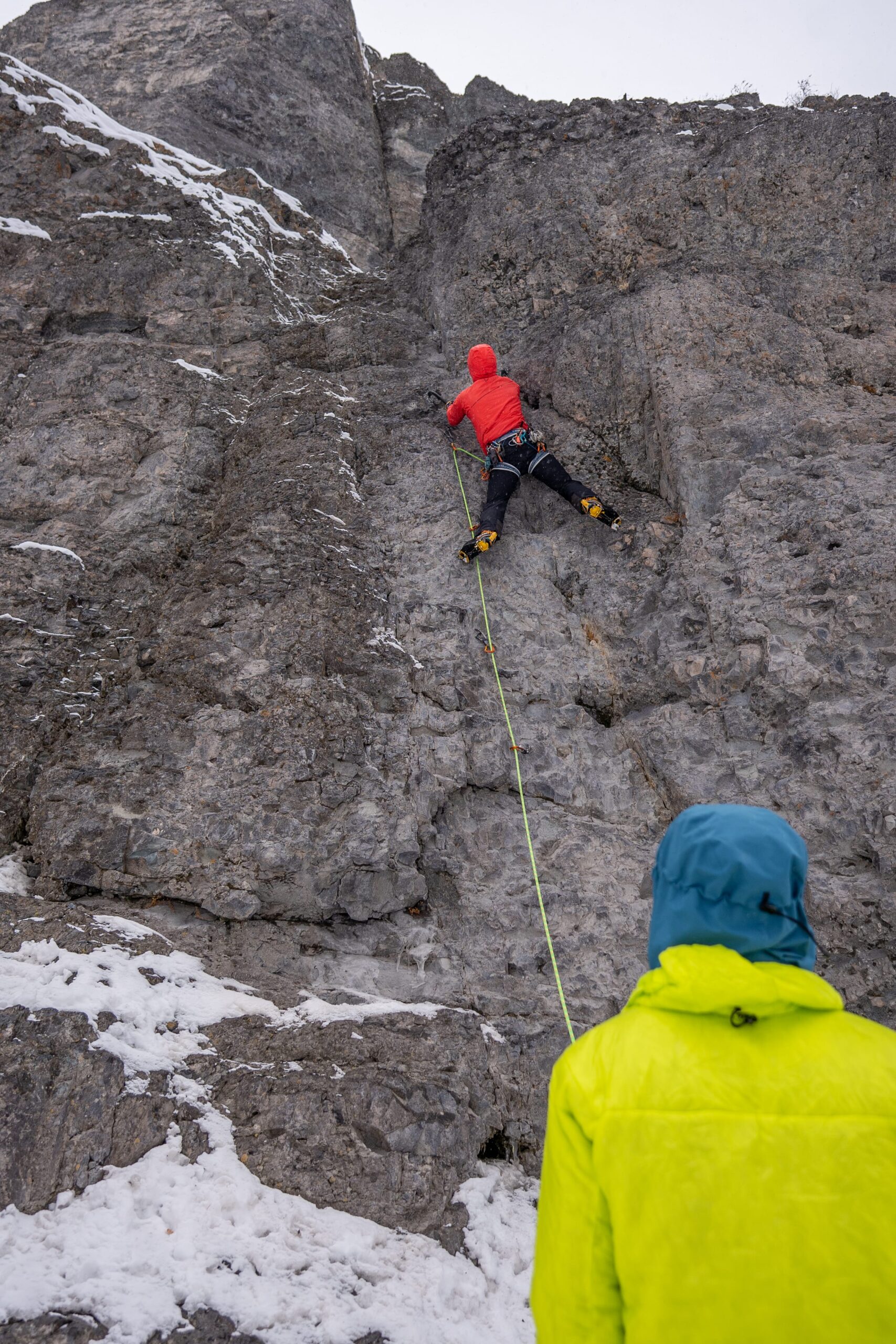
Our guide introduced us to the conversation test. You should only lead a pitch if you are comfortable enough while climbing to hold a conversation.
Other mentors have recommended leading once you’ve climbed 100 to 150 pitches of ice.
Just 10 days in Ouray had us pushing towards 100 laps on the top rope and chatting jovially while doing it. The 30 metre zones like South Park and the Schoolroom, allowed us to do laps on terrain graded WI3 to WI4 while belaying in the bottom of the gorge. Later, the more exciting zones opened up for us “between the bridges”, which involved the climber being lowered 50 metres down the narrow canyon until they were dangling just above the icy water. They would then pull onto the ice and start ascending their chosen line. As each day led to the next, our sticks and kicks began to click, and we began to feel like eloquent conversationalists climbing WI3 to WI4 terrain.
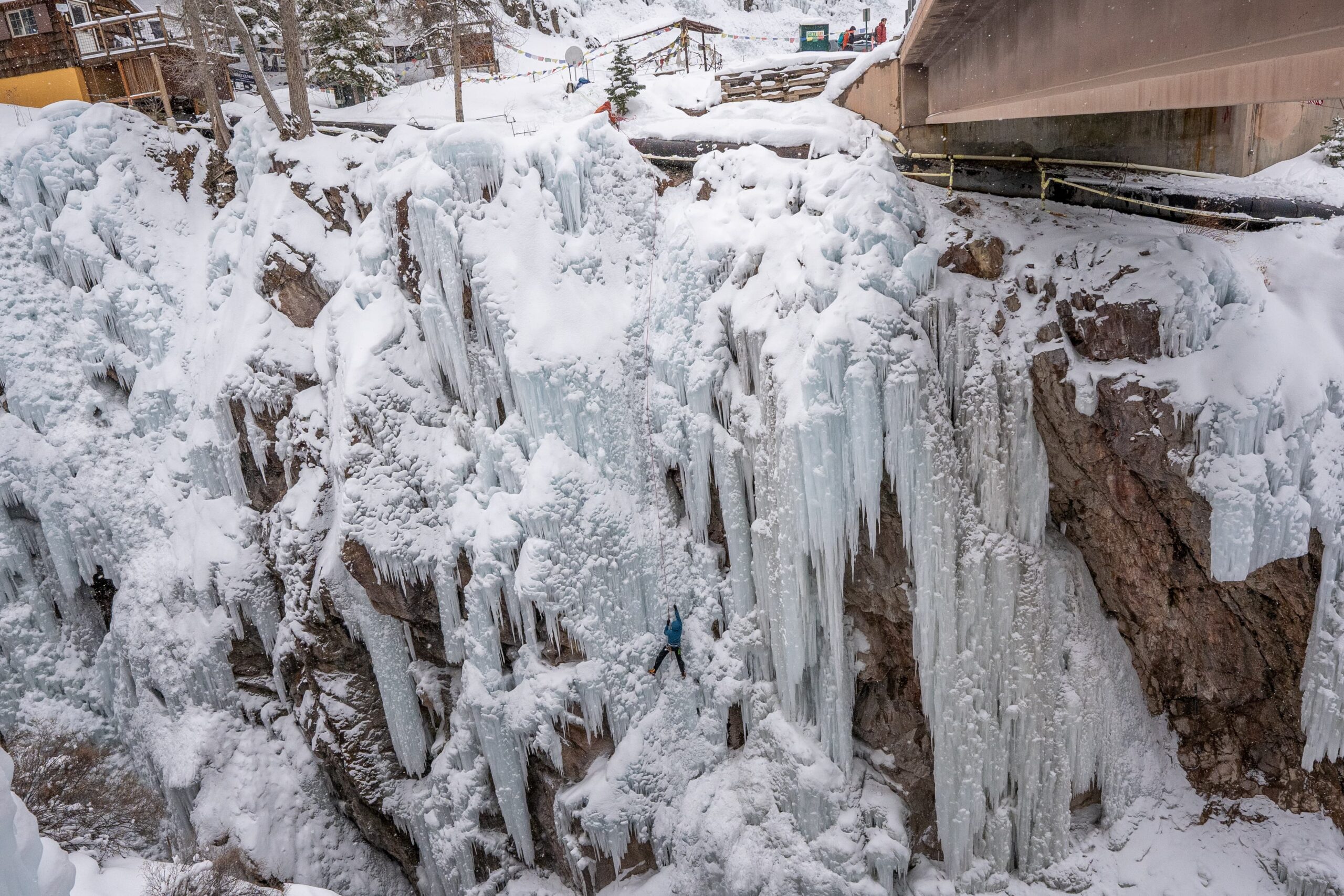
The Skylight area, a stretch of cliff broken up by natural ice flows down steep chimneys, was our first taste of climbing the backcountry of the San Juan Mountains. Here, we both led our first route of the trip, Chockstone Chimney (WI3), a short, fat curtain of ice perfect for building our confidence. Later, we returned to brave the mega classic chimney lines Choppo’s Chimney and Skylight, which gradually close in on you, constricting your movements and even your ability to swing an ice axe. Fortunately, savvy climbers can use the back wall of the chimneys to stem and rest, allowing for a 3D climbing experience.
We were also introduced to the wonderful world of mixed climbing with an ascent of The Hardest Mixed Climb in the World (M4+) and later Senators Corner (M7). Minuscule ledges become absolute jugs using steel picks and crampon points instead of giant fleshy hands and feet. It simultaneously felt like aid and free climbing at the same time and was a joy to experience.
Nearing the end of the trip, we started looking for a fitting way to finish our time in San Juans. An obvious contender emerged in Bridal Veil Falls.
First climbed by Jeff Lowe and Mike Weiss in 1973, Bridal Veil Falls was the most difficult ice route in the world and is still considered a testpiece WI5/6. Fortunately for us, it was “climbing easy” during our visit, meaning the bulges that could form were not as bulgy as usual. We started to see this route as the Big Boss that we had been training towards and would ultimately become our last climb of the trip.
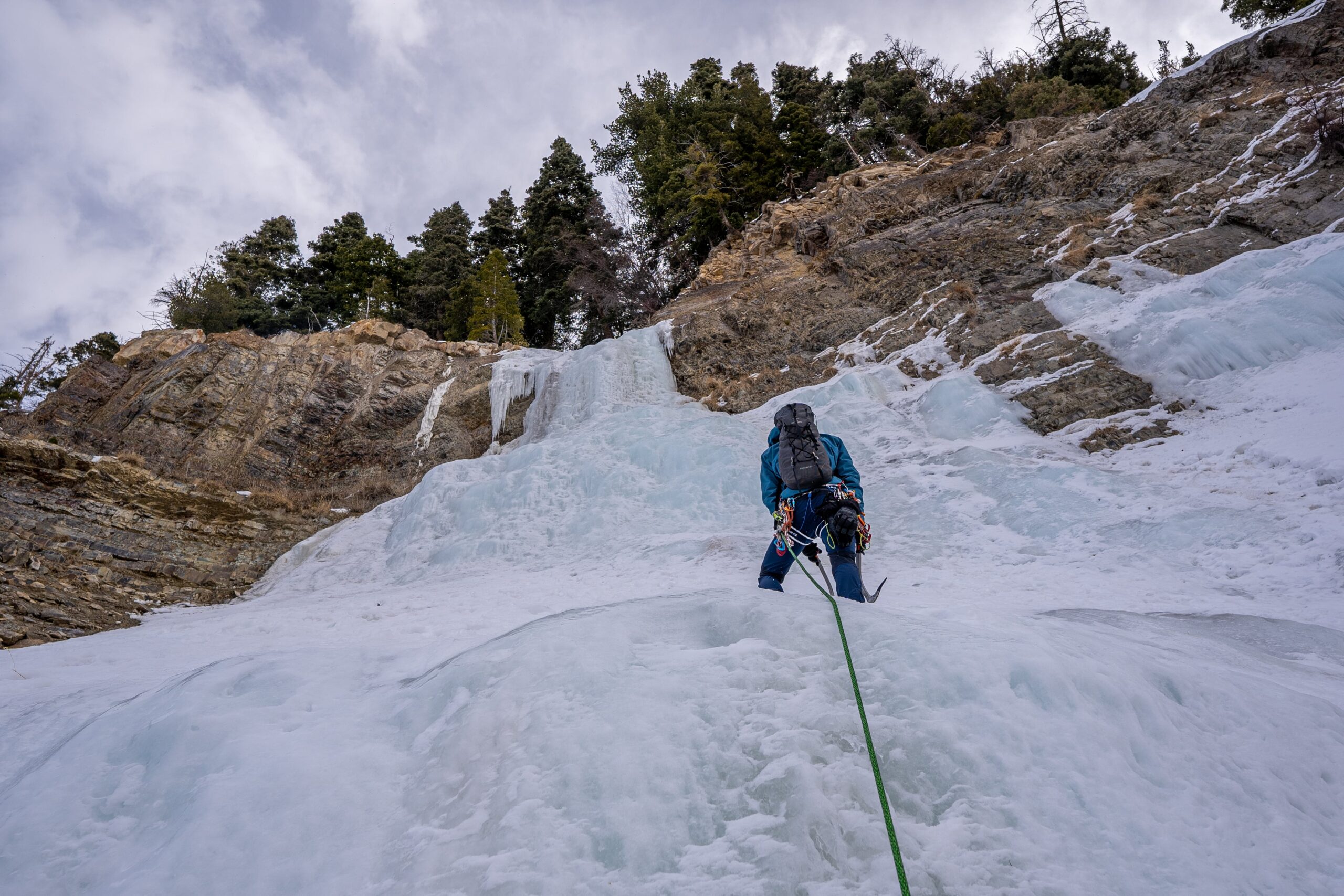
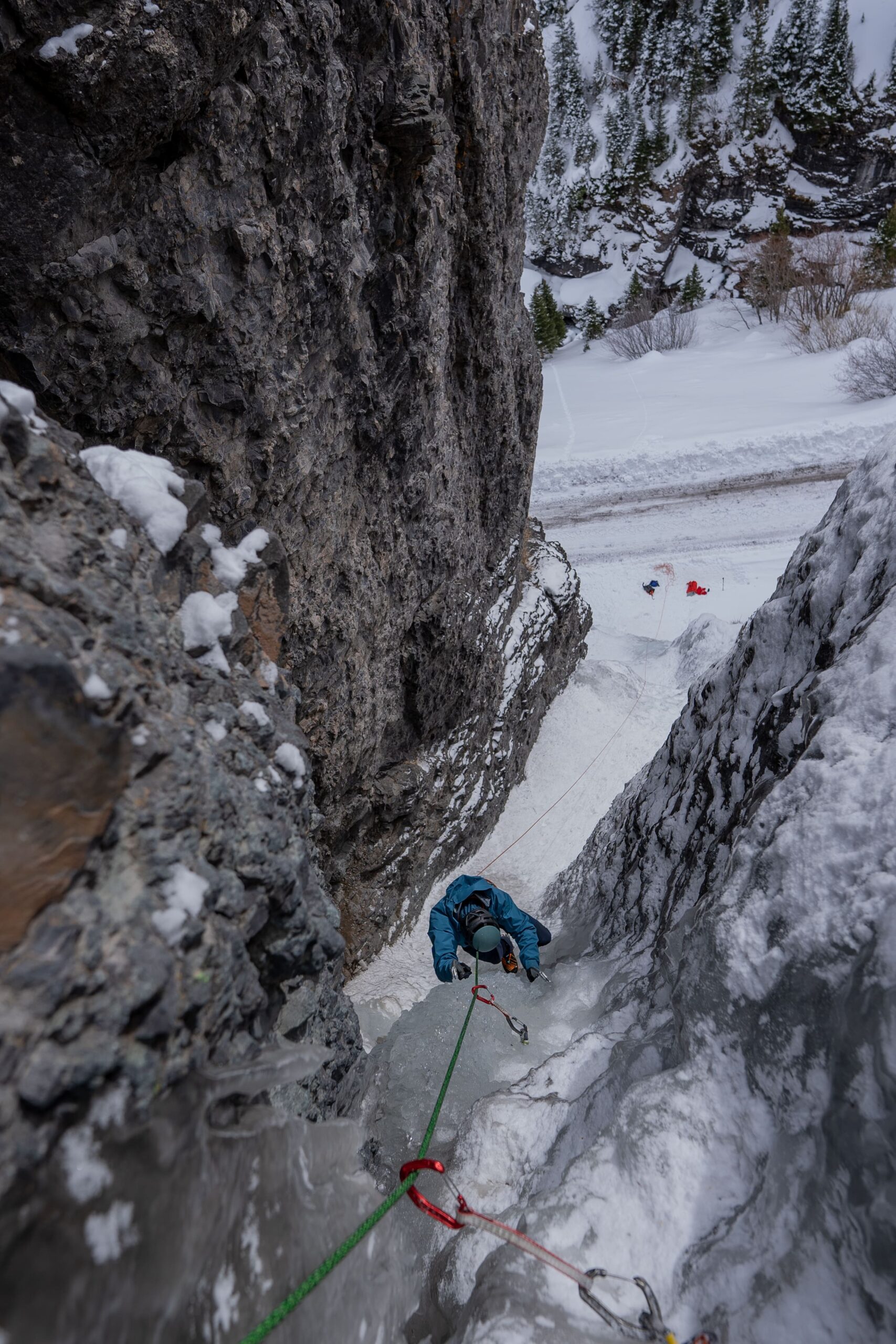
Despite Jimmy’s best efforts to sabotage the attempt by forgetting his gloves, we successfully climbed the route in two mega pitches. The pitches were long and more sustained than anything else we had encountered. After a game of scissors, paper, rock, I was in the position to tackle the first pitch, which we later agreed to be the crux.
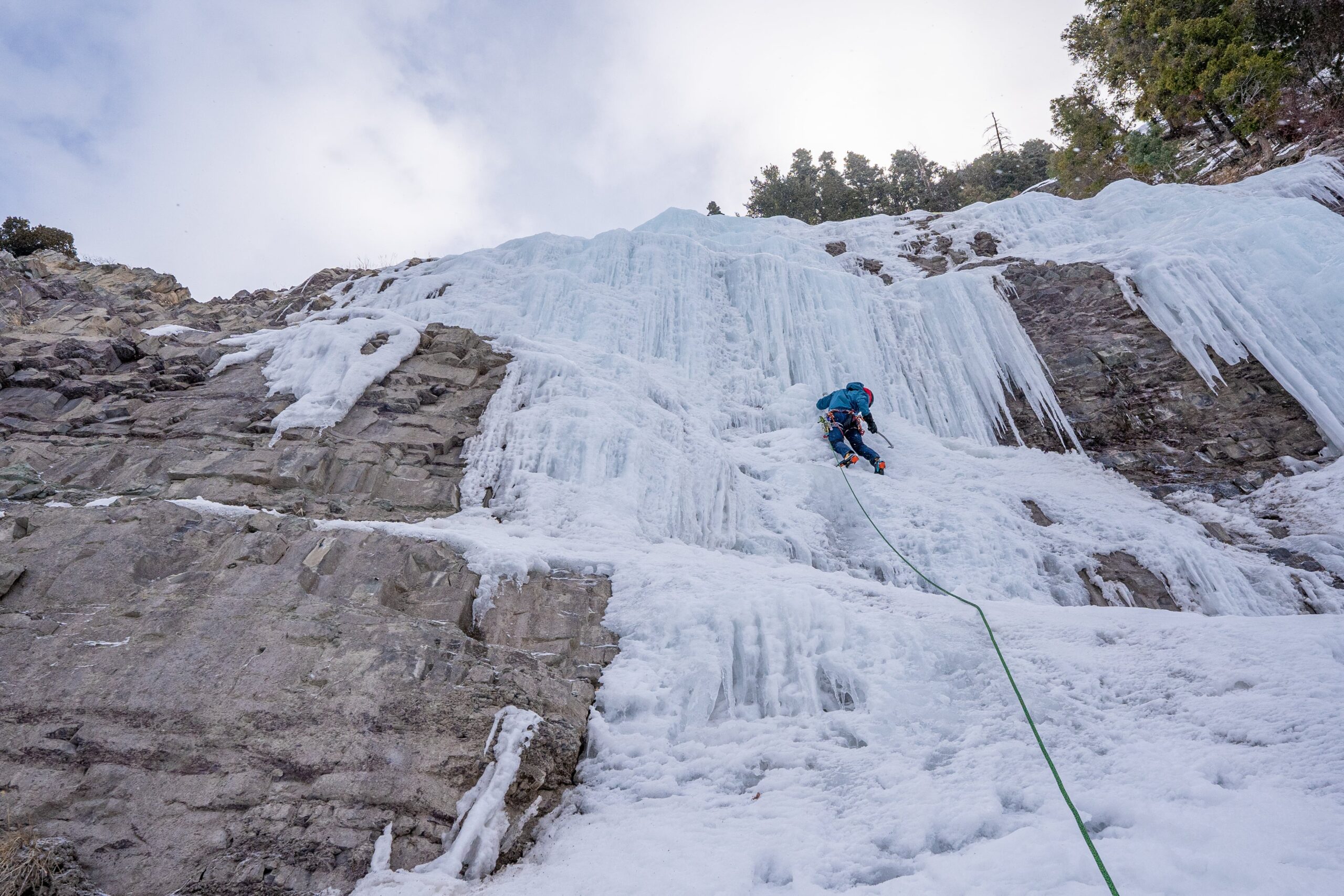
My left forearm was becoming pumped 30 metres up and I would have failed the conversation test if you asked me how to cook my favourite meal (spinach pie)—yet having been pumped before, I remained calm and steadied my breath. Climbing onwards, I spied a small opening between the centre curtain and a giant icicle; my trad climber brain released my right tool and found a delightful icy fist jam. This was unorthodox, yet it allowed me to shake out my left arm without further pumping my right, and soon after, I climbed through a series of small icy caverns and set up a belay.
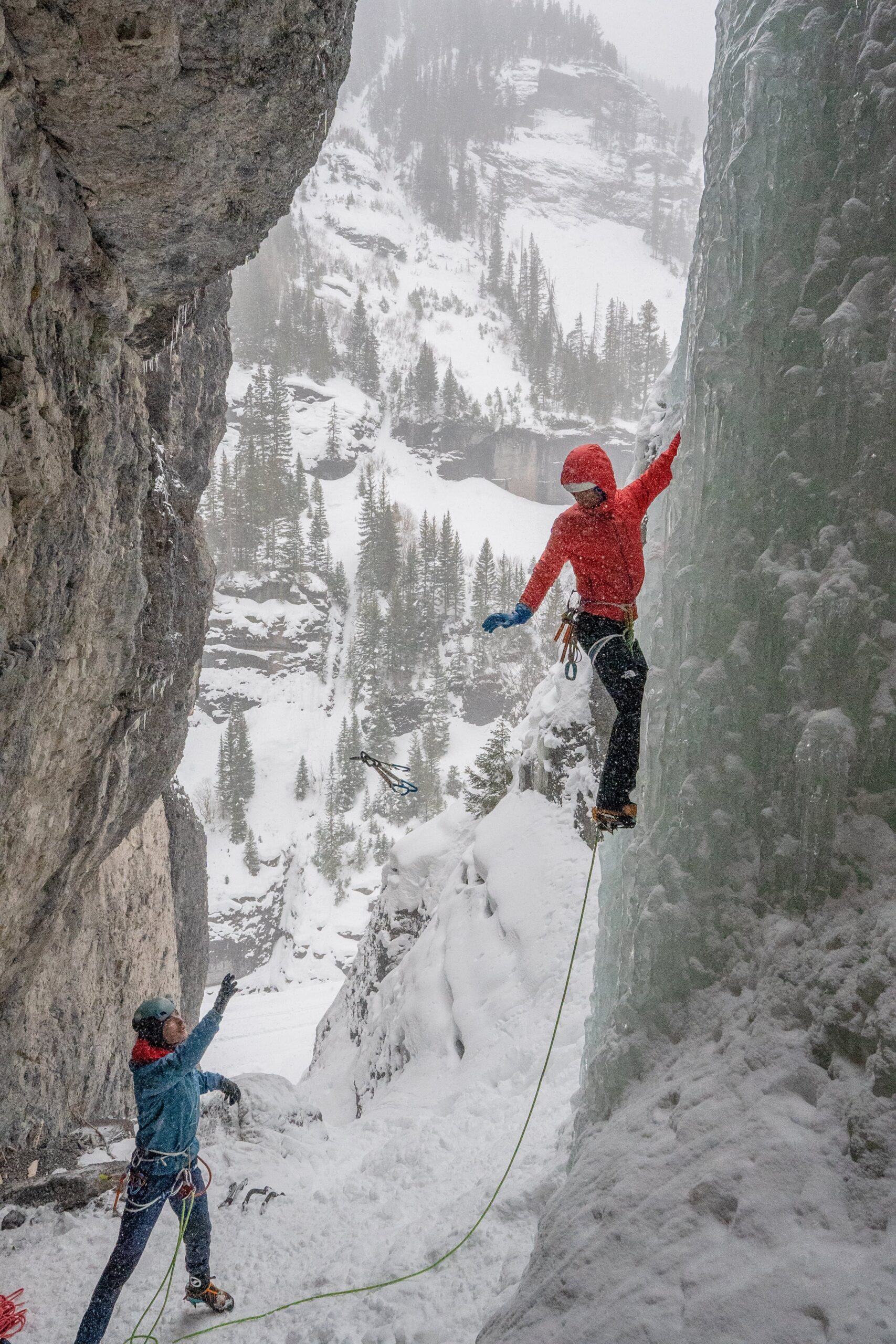
Chockstone Chimney (WI3)
Jimmy led the second pitch in style, encountering multiple 3D bulges and a series of thin, icy windows, allowing you to witness the flowing waterfall behind the veil. Getting our rope stuck on rappel was the perfect reminder never to drop your guard in the mountains, but with some help from newly made friends we were quickly on our way again.
We walked away from Bridal Veil with a sense of accomplishment, knowing that while we were still far from experts, we had gained the mileage needed to contemplate more devious mountain capers.
If you are interested in heading to Ouray, the authors invite any climbers to message them on Insta for more detailed beta: James Collins @makalujames; Lewis Foster @lewfos67.
NEED TO KNOW
Ice climbing grades
“WI” stands for “water ice” and the grades denote the steepness of the pitch. WI1-2 is low-angle walking to 60 degrees, WI3-4 is 70-80 degrees, WI5 is sustained vertical, and WI6 is vertical with some overhanging bulges. This differs from a climbing grade because many other conditional factors will affect the overall difficulty of a climb. For example, A backcountry WI5 that hasn’t seen traffic for weeks will require much more swinging and kicking than an ice park WI5 that gets climbed 20 times a day. Ice climbing grades are helpful information to help you assess the difficulty of a climb, but it’s not the only information you may need to decide if a lead is within your ability level
Backcountry Route Recommendations:
Dexters (WI3-4): an excellent introduction to multi-pitching in the backcountry, a fat flow of ice offering two distinct two-pitch lines.
Charmin Tube (WI4-): A popular classic akin to reverse canyoning hidden in the hills above Ouray. Three pitches with the first and third being the best.
Stairway to Heaven (WI4) is deservedly popular and aptly named. It is a 300m stepped flow of beautiful blue ice that requires stable snow conditions in the bowl above. It is often done in 5 mega pitches, with the third being the crux.
Skylight (WI5+) enjoyable 3D climbing in the back of a narrow chimney. It can be thin at the top. Two Pitches
Bridal Veil (WI5/6) is the area’s classic. It is worth being guided up, even if you are not up to leading yourself. It is usually climbed in three pitches.
Travel Tips:
Getting there: look for flights into Durango and Grand Junction, CO.
Renting an all-wheel drive or 4WD car is essential.
This area is known for its hot springs, which are great for mental and physical recovery (Orvis was our favourite).
If you are still learning the fundamentals, it’s worth paying for at least a day or two with a guide. San Juan Mountain Guides and Basecamp are good options.
The Ice Park is a free service, yet the $70 US Ice Park Membership allows for early access to the park (especially lovely on weekends) and various other perks/discounts from sponsors, which can easily cover the membership cost. It also supports the park, which is otherwise free.
Accommodation at Moe’s Mini Horse Farm is cheaper than anything else and includes breakfast and free tiny horse therapy! Contact her through Facebook and mention Jimmy and Lew.

